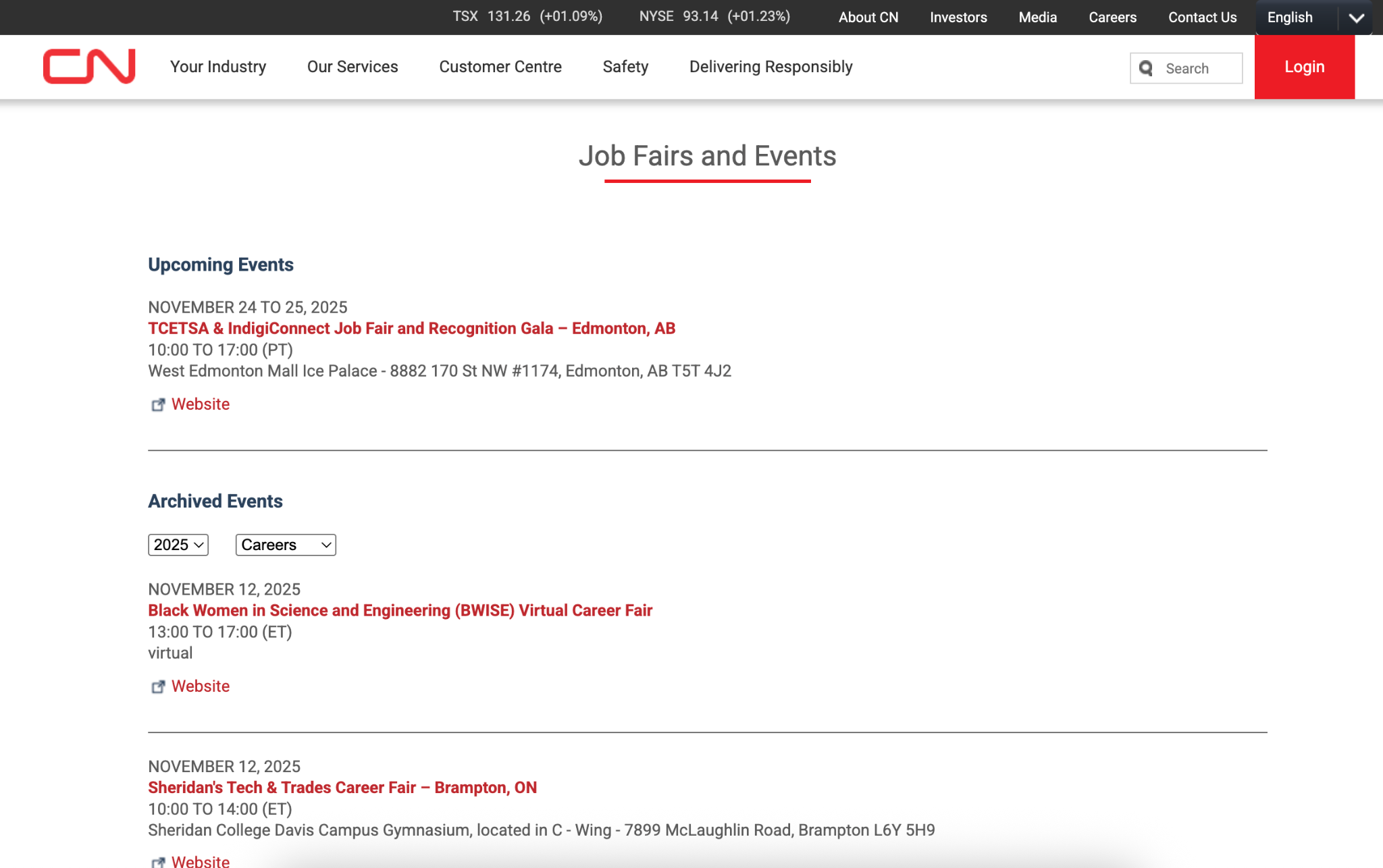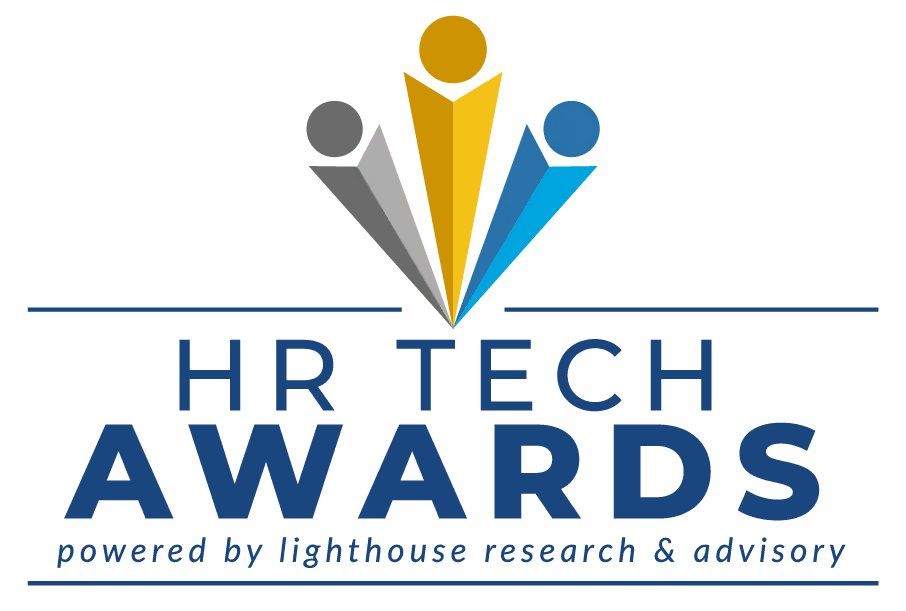
As many as 72% of organizations have implemented AI for HR functions. Artificial intelligence, shifting labor expectations, and the widening skills gaps have forced organizations of every size to rethink how they attract and assess talent. For multinational enterprises, the challenge is often at the level of thousands of applicants, hundreds of roles, and complex global compliance issues. For small and mid-size companies, the pressure comes from leaner resources and the need to stand out against larger competitors.
The stakes have never been higher for building an effective hiring and recruiting strategy, so this guide is meant to help leaders pinpoint the right approach for their teams in the year ahead.
Why Having a Hiring and Recruiting Strategy is Essential
According to ManpowerGroup, 74% of employers report struggling to find candidates with the skills they need, and this is one of the highest rates in 17 years. This shortage reflects the rapidly evolving nature of work, from digital transformation to the rise of AI-enhanced roles.
To navigate the dynamic hiring landscape, a strategic approach to recruitment is required. As Findem explains, a recruitment strategy is a structured plan that outlines how a company identifies, attracts, interviews, and hires qualified talent. It may be as simple as posting to job boards or as sophisticated as building multi-touch candidate pipelines using advanced sourcing and brand marketing. Regardless of its complexity, any strategy needs to be measurable, adaptable, and scalable.
When a thoughtful hiring plan is executed well, it creates tangible competitive advantages. As outlined by FolksHR, effective recruitment strategies reduce costs, bolster employer branding, improve retention, and ensure alignment between business goals and staffing needs.
Hiring and Recruiting Strategies for Small to Mid-Size Companies
Go Back to Basics: For small and mid-size companies, the most effective strategies are often rooted in simplicity and precision. Focus on nailing the fundamentals first. For example, a well-crafted career page, clear job descriptions, and an approachable employer brand are the backbone of a strong hiring process. Once that’s done, move on to social media platforms, like LinkedIn, that act as an extension to hiring processes, enabling smaller companies to scout talent, showcase culture, and build credibility with limited resources.
Build a Simple, Scalable Tech Stack: Tooling is another consideration, even for small businesses. Unlike enterprise ecosystems with sprawling HR tech stacks, smaller organizations benefit from leaner, purpose-built systems. Platforms such as BambooHR and Rippling offer all-in-one solutions designed for small teams, balancing efficiency with affordability. Their scalability means companies can adopt more advanced features over time without overhauling existing systems.
Consider Long Term Culture Upfront: Culture fit also tends to play an outsized role in smaller environments, where new hires have a direct impact on team dynamics. Culture is so important upfront because it directly affects hiring outcomes like retention and referrals down the line. Consider the following statistics from SHRM:
- 83% of those with a good or excellent rated workplace culture were motivated and produced high-quality work.
- Only 45% of respondents were motivated to produce high-quality work in work cultures that were rated poor or terrible.
- 57% of employees who experience a toxic work culture say they are or will be looking for a new job.
- Just 15% of employees with a good work culture are seeking new employment.
- More than 80% of employees working at positive culture organizations would refer someone they know to a position at their place of work.
- A mere 4% of employees working in poor cultures would refer someone they know to work there.
Take stock of how your hiring and recruiting strategy will account for culture fit. At this stage, screen for value alignment so new employees can uphold culture and maintain cohesion as the company grows.
Hiring and Recruiting Strategies for Large Companies
Scale Simple Steps: Larger enterprises must incorporate all the strategies of smaller organizations, but at a level of sophistication that can withstand high volume, complex workflows, and heightened competition for specialized talent. For example, brands like Benefit Cosmetics are known for investing significant time into perfecting job descriptions, understanding that clarity and nuance are essential when attracting candidates at scale.

Implement a Referral Program: Referral programs are crucial. Companies such as Intel and Deloitte have long demonstrated that high-performing referral pipelines lead to better retention and faster hiring cycles. This type of incentive can boost candidate quality and can dramatically lower cost-per-hire.
Better Outcomes with Skilled Hires: Lighthouse Research released a study this year revealing that 84% of employers are adopting a skills-based hiring strategy. Rather than relying exclusively on degrees or traditional job histories, this approach leverages competency frameworks and assessments to identify talent. Skills-based hiring not only broadens the candidate pool but also aligns hiring practices with the evolving demands of roles reshaped by automation and AI.
Employer Branding Goes a Long Way: Brand reputation becomes increasingly important for hiring strategy as organizations get larger in size as well. With skilled workers in short supply, employer branding (and its public expression on platforms like Glassdoor!) can determine whether top candidates apply. Many large companies, like Chipotle and F5, now conduct regular employee satisfaction surveys to maintain a continuous channel for employee feedback, and stay ahead of perception risks.
Use Specialized Communities for Specialized Roles: Recruiters in highly competitive sectors must also contend with roles that are disproportionately difficult to fill. Technical positions, for instance, require specialized strategies. As Findem notes, software engineers often avoid conventional networking channels and may limit their visibility on LinkedIn. To reach them, fast-growing tech companies rely on GitHub outreach, engineering-focused referral networks, and targeted campus recruitment at STEM programs.
Leverage Job Ads for a Larger Reach: And when competition peaks, paid job post promotion becomes essential. According to Indeed, Sponsored Jobs maintain prime visibility in search results, driving more and higher-quality applicants than standard listings. For large companies managing dozens or hundreds of openings at once, this visibility advantage can significantly impact time-to-fill.
Automate Hiring Processes: Large organizations must adopt recruitment technology that streamlines processes at scale. Think AI applicant screening, interview scheduling tools, and sophisticated ATS platforms that handle heavy applicant flow. At this level, volume dictates workflow, and balancing speed with quality becomes a central challenge for hiring teams.
Keep the Human in the Candidate Loop: Larger hiring teams also need to balance automation and AI adoption with the candidate experience. For example some job seekers are frustrated by the lack of human interaction in modern hiring processes. HR Future recommends that large organizations leverage their CRM to create personalized candidate experiences throughout the hiring process.
Lean Into Market Insights and Framework: Finally, large companies are encouraged to consult the Gartner Guide to Hiring Strategy for structured frameworks that refine role scoping, candidate assessment, and decision-making practices. It emphasises the use of labour market intelligence, supporting internal mobility, and the notion of excellence within the recruiting function.
Hiring and Recruiting Strategies for XL Companies
Legal Compliance Comes First: For XL companies, meaning global corporations with tens of thousands of employees, the hiring challenges multiply in complexity. They must implement every strategy described for small, mid-size, and large organizations, but with an added layer of operational rigor, legal oversight, and technological integration. Legal risk plays a larger role at this scale, particularly around bias, data privacy, and AI compliance. Many organizations now rely on principles drawn from leading AI governance frameworks and anti-bias guidelines to audit their hiring processes. Piloting new AI tools with controlled candidate batches reduces exposure and allows teams to evaluate outcomes before committing to full deployment. Here’s some guidance from our latest ebook:
“Choose AI providers that have documentation around AI governance, bias, and fairness. The technology should have undergone a third-party AI audit from a reputable firm, like BABL AI, Holistic AI, Eticas and more. If your organization operates in NYC, an independent audit would be mandatory for any AI provider selling decision-making tools for hiring. Request a copy of the audit, if available, to get clarity on which parts of the AI product were audited.”
Standardize Hiring at the Global Level: Streamlining processes becomes a necessity, not an option. With multiple regions, languages, and regulatory environments, inconsistencies in hiring workflows can create compliance risks and slow down operations. Tools must integrate seamlessly into existing enterprise systems, across all regions, ensuring interoperability across HRIS, ATS, and talent analytics platforms for candidates around the globe.
Attract Talent by Making Hiring an Event: Recruiting events also become critical levers. Hosting global job fairs, attending niche technical conferences, and sponsoring university programs help XL companies maintain visibility and tap into deep talent pipelines.

Offer Next-Level Perks: Candidates today value work-life balance, development opportunities, and access to cutting-edge tools. Companies that tailor incentives, like reimbursed online courses, flexible work arrangements, or generous relocation packages, stand out in crowded global markets. A 2025 SHRM Talent Trends report found that 61% of organizations say offering flexible work arrangements is among the most effective recruiting strategies, while including pay ranges upfront rose to 48%. What truly distinguishes recruiting at the multinational level is the expectation to offer “next-level perks,” not just competitive compensation.
Expand to Key Regions Internationally: XL companies may also consider expanding into talent-rich, lower-cost regions. Establishing subsidiaries in markets like Romania or Poland enables organizations to hire from deep pools of specialized workers while optimizing labor costs. As Centuro Global notes, nations like Poland boast hundreds of thousands of IT professionals, with salary expectations far below those in the U.S. This model is already embraced by major players like Google DeepMind and OpenAI, which have operational hubs in India, Singapore, and Tokyo.
Reduce Expansion Risks: Finally, for companies hiring internationally without local entities, an Employer of Record (EOR) offers an elegant solution. EORs manage payroll, benefits, taxes, and compliance on behalf of the employer, enabling businesses to onboard global talent quickly and legally while maintaining flexible workforce management.
It’s Time to Make Your Hiring Strategy
In summary, hiring and recruiting strategies heading into 2026 must be both purposeful and adaptive. Smaller organizations thrive by focusing on fundamentals, agility, and culture alignment; larger enterprises succeed by building scalable processes, embracing skills-first frameworks, and elevating employer branding; and XL multinational firms win when they integrate technology, global compliance, and candidate experience at the enterprise level.
Research from 2025 emphasizes that simply adopting new tools isn’t sufficient: the edge goes to organizations that prioritize candidate-experience, flexibility, transparency, and skills-based thinking. This means reducing hiring friction (for example, by shortening time-to-hire or simplifying application processes), placing visible wage/range information in job postings, and offering meaningful work arrangements that reflect modern expectations.
As you build out your strategy for 2026:
- Be clear about which tactics map to your organization's size, complexity, and market.
- Ensure your measurement framework tracks speed, quality of hire, retention, and diversity outcomes (not just fill rate).
- Continuous review is essential: the labour market is not static, and the strategies that worked in 2025 must evolve.
- Lean into your employer brand not as a buzzword, but as a lived promise: if your culture, flexibility, and values don’t reflect what you advertise, top talent will walk away.
- Use technology wisely: automation and AI can scale screening, but they’re best when combined with human judgement, fairness auditing, and candidate-centric design.
Having a solid strategy allows companies to remain visible in a competitive labor market, prevents last-minute hiring scrambles, and supports long-term workforce planning. By injecting the insights from this guide into your hiring and recruiting strategy, you’ll be ready not just to fill roles, but to build capability, adaptability, and competitive advantage in the new year and beyond.
Image Credits
Feature Image: Unsplash/Jakub Żerdzicki
Image 1: Via Benefit Cosmetics Career Page
Image 2: Via CN Career Fairs Page



































.jpg)

.jpg)



























.jpg)




.png)
.png)





































.webp)





.svg)